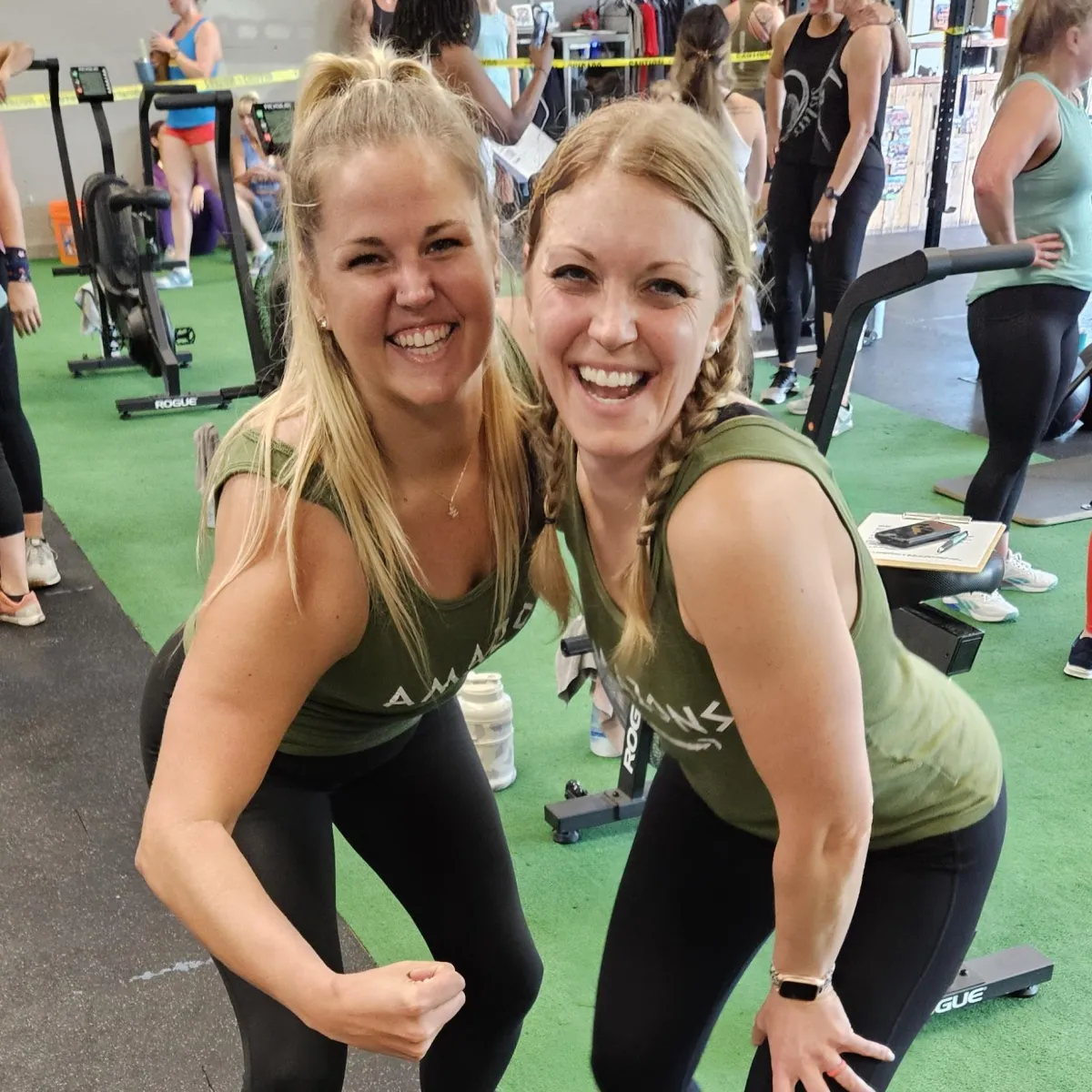WEIGHT LOSS & FITNESS BLOG

Why Summer Is the Best Time to Build Fitness Momentum (And What the Science Says About It)
Why Summer Is the Best Time to Build Fitness Momentum (And What the Science Says About It)
When it comes to building new habits, timing matters.
Most people wait until January or fall to “get serious” about fitness. But research and experience tell a different story:
Summer is actually the best time to build momentum.
Not because life is easier—but because the environment is more supportive of change.
Let’s dig into why that matters, and what you can do with it.
1. Summer Creates a “Fresh Start Effect”
Psychologists have identified what’s called the Fresh Start Effect—a cognitive shift that happens during natural life transitions. This includes events like birthdays, new years, and yes, seasonal changes.
According to research published in Psychological Science, people are more likely to start healthy behaviors after “temporal landmarks” because they separate their current self from their “past self.”
(Dai, Milkman & Riis, 2014)
That means summer break, the end of the school year, and the start of longer days creates the perfect “mental reset” for change. When you pair that with more daylight, more time outdoors, and slightly more flexibility, you get the ideal setting for habit change.
What to do with it:
Set a clear, simple habit goal for the next 8–12 weeks—like training 3x/week or drinking 80 oz of water daily—and tie it to a meaningful WHY.
2. Longer Days Improve Energy, Mood, and Sleep
Sunlight plays a major role in regulating your circadian rhythm—your body’s internal clock that affects sleep, energy levels, and metabolism.
During the summer:
You’re exposed to more daylight (especially morning light), which increases serotonin and improves mood.
You’re more likely to get non-exercise activity (walking, playing, moving around).
Sleep patterns can improve when you spend more time outside and regulate evening screen use.
All of this supports better recovery, more energy, and a healthier hormonal balance—key drivers of fitness progress.
What to do with it:
Get morning sunlight within the first hour of waking.
Use that extra evening light for a walk, recovery work, or bonus movement.
3. Less Overwhelm = More Room for Consistency
One of the biggest reasons people don’t stick with fitness is overwhelm. And during the school year, that’s understandable—between work, sports, homework, dinner, and routines, time feels compressed.
But in the summer, most families report:
Fewer obligations
More open evenings
Slightly more autonomy in schedule
That makes habit stacking—the process of anchoring new behaviors to existing ones—much easier.
For example, if you normally take your kids to camp or practice, anchor your workout to that drop-off or pick-up time. That turns the new habit into a predictable part of your day.
What to do with it:
Find one anchor point in your summer routine and tie your workouts to it.
4. You Can Build Now, So You Don’t “Start Over” Later
We’ve seen this cycle year after year:
People delay starting in the summer, saying “I’ll get serious in the fall.”
Fall hits with a vengeance—school, holidays, sports, events—and people feel overwhelmed.
The result? They stay stuck or start from scratch… again.
But if you build even low-intensity momentum now, you’ll:
Keep a strong baseline through the chaos of fall
Avoid the stress of “starting over”
Be more resilient when life gets hectic again
Research from habit science shows that consistency is more important than intensity when building lasting change. Showing up matters more than crushing it every time.
(Clear, 2018; Fogg, 2020)
What to do with it:
Choose “minimum viable habits” that you can sustain even on tough weeks. This builds confidence and progress over time.
The Bottom Line: Start Where You Are—Now
You don’t need a perfect schedule.
You don’t need to overhaul your life.
You just need to start.
And summer gives you an edge—environmentally, biologically, and psychologically.
At BFP, we build programs for real people with real lives. We train busy parents, hard-working professionals, and people who’ve tried before but haven’t had a plan that sticks.
If you’re ready to make this summer different…
📲 Book a free No Sweat Intro here → bfpnc.com
Let’s talk about your goals—and build a plan that actually fits your life.


Are you Ready to become
sTRONG - FIT - cONFIDENT?
Click the Button To Start Your Journey Today!!

